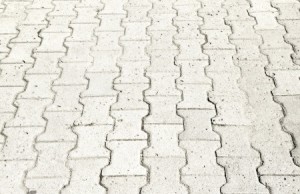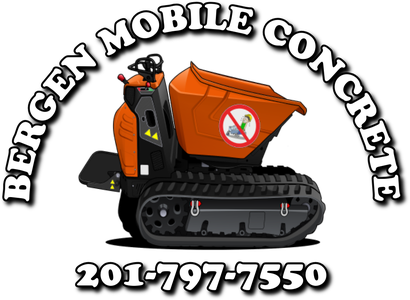 At Bergen Mobile Concrete, we always make sure to get the job done right in order to ensure your concrete surfaces remain crack-free. However, you may already have existing concrete structures or surfaces in and around your property that appear to be falling apart. But just how and why does concrete sometimes crack? We’re here to go over some of the most common reasons!
At Bergen Mobile Concrete, we always make sure to get the job done right in order to ensure your concrete surfaces remain crack-free. However, you may already have existing concrete structures or surfaces in and around your property that appear to be falling apart. But just how and why does concrete sometimes crack? We’re here to go over some of the most common reasons!
Keep in mind that even the highest quality concrete has the potential to crack, and just about any concrete surface will likely show some signs of wear after many years. Fortunately, there are several ways that you can prevent any damage from showing throughout your concrete. But, you may still be wondering why it cracked in the first place. Well, one of the most likely reasons is that it has shrunk and expanded over time due to changes in temperature. If you the concrete is in an area with lots of moisture, you can expect it to expand and shrink even more often, potentially leading to cracks.
While this is not typically planned for, some cracks in concrete are natural and should be expected. For example, concrete driveways typically have control joints. These joints work to create weak spots throughout the concrete, but it is for a good purpose. Without them, when concrete shrinks it would split in random directions across the slab, creating unsightly cracks. With a joint, it will typically only crack in that confined area where the joint is located.
Other causes for cracks in concrete include sun exposure, freezing and thawing throughout the winter, and other environmental conditions. Concrete inside a home or other type of building should have far less cracks than something like a driveway or sidewalk outside.
For more details about concrete cracks and how to prevent them, keep reading our blog!
